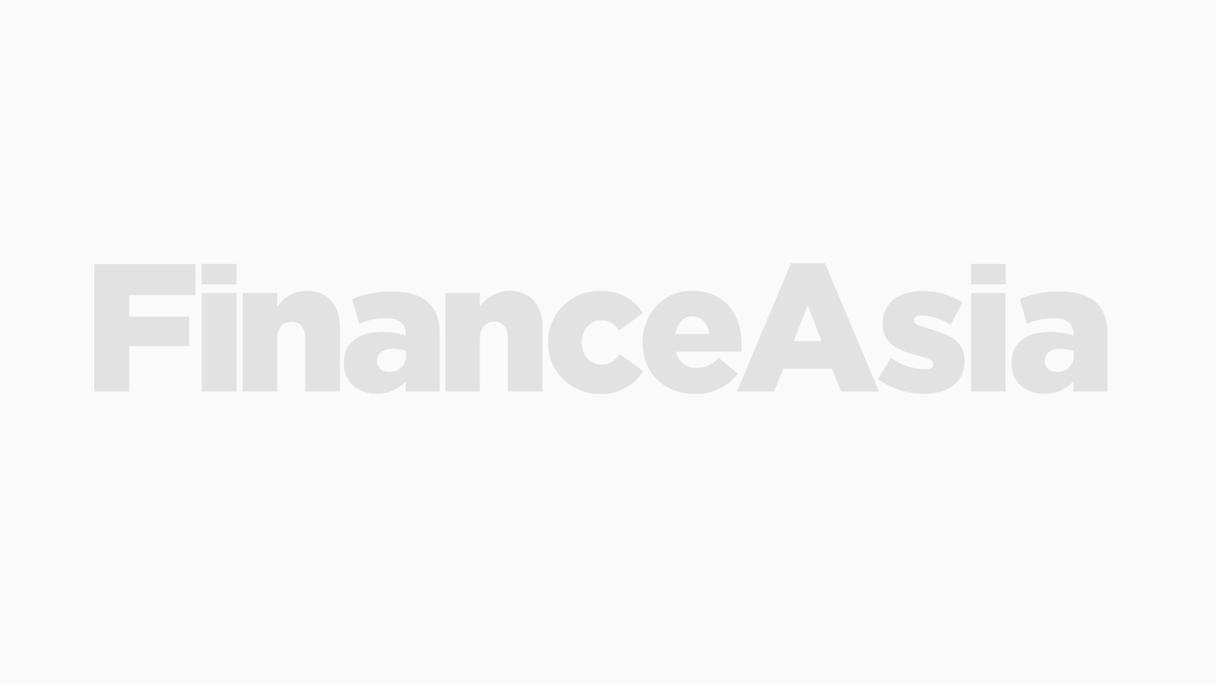For the fourth year running the Republic of the Philippines has become the first Asian sovereign to tap the new year's Asian debt capital markets. In doing so, the ROP is treading a well worn path of coming to the debt market during the first two weeks of the year in order to take advantage of the plentiful liquidity available in January when investors are at their most fresh.



